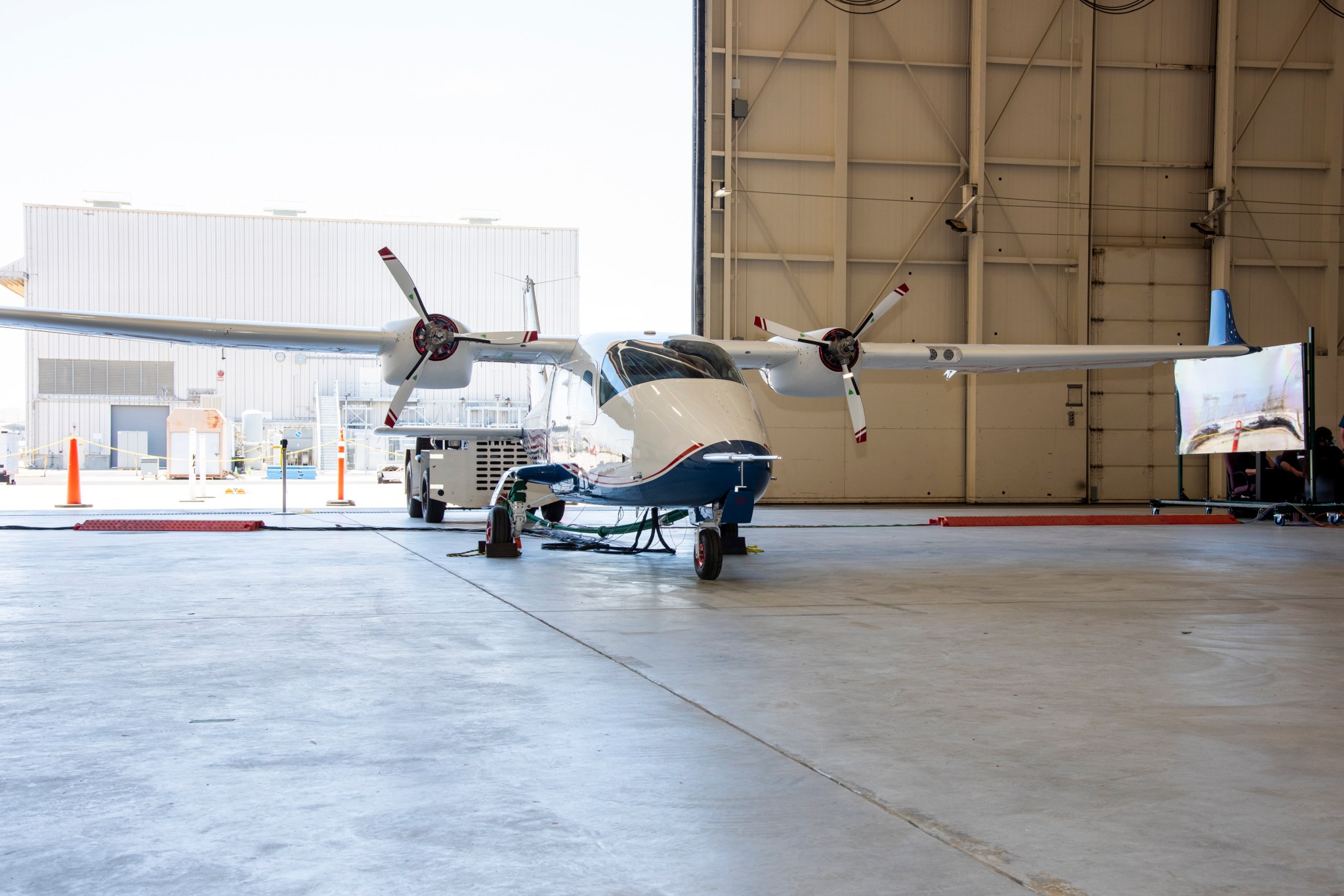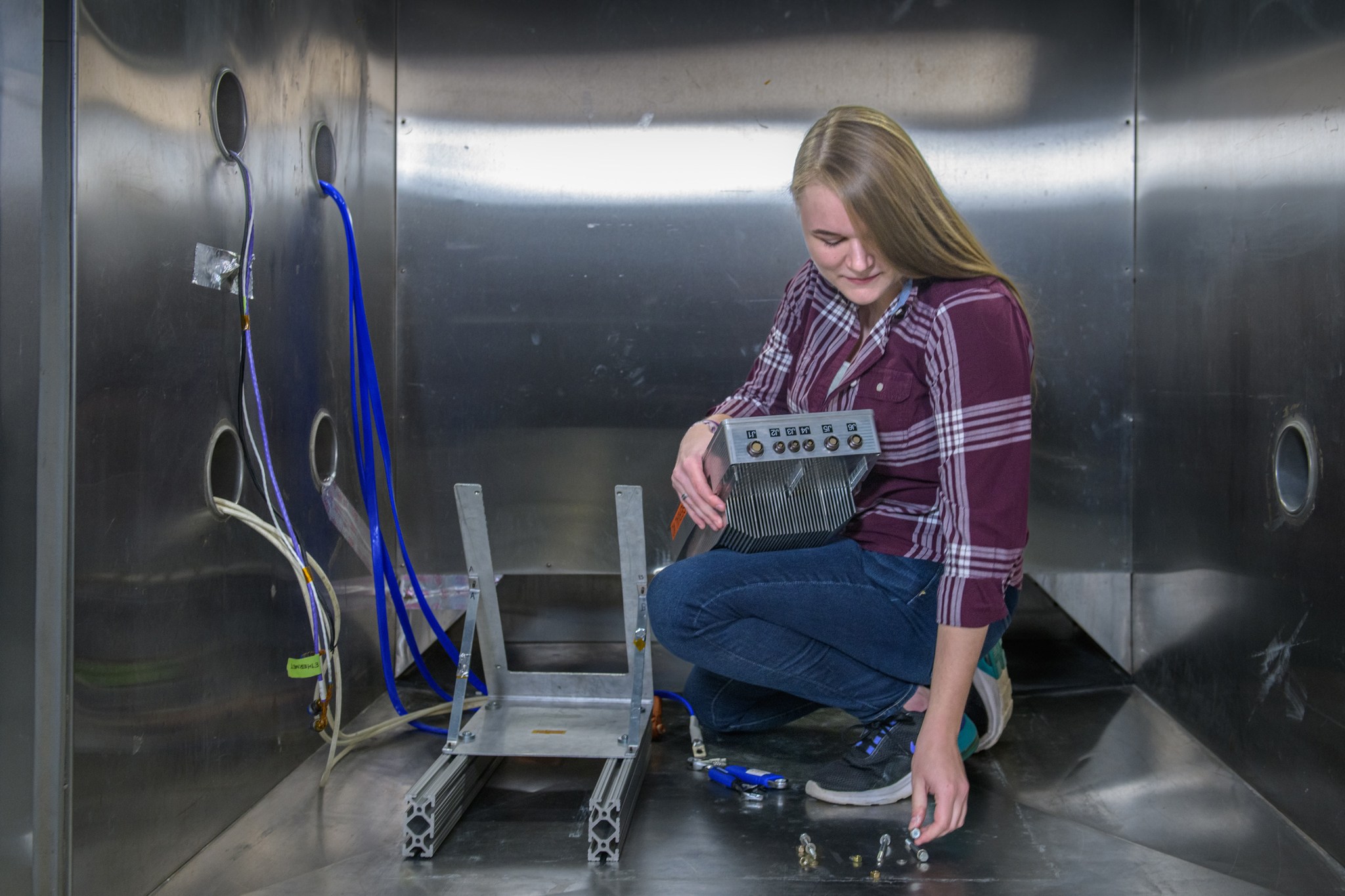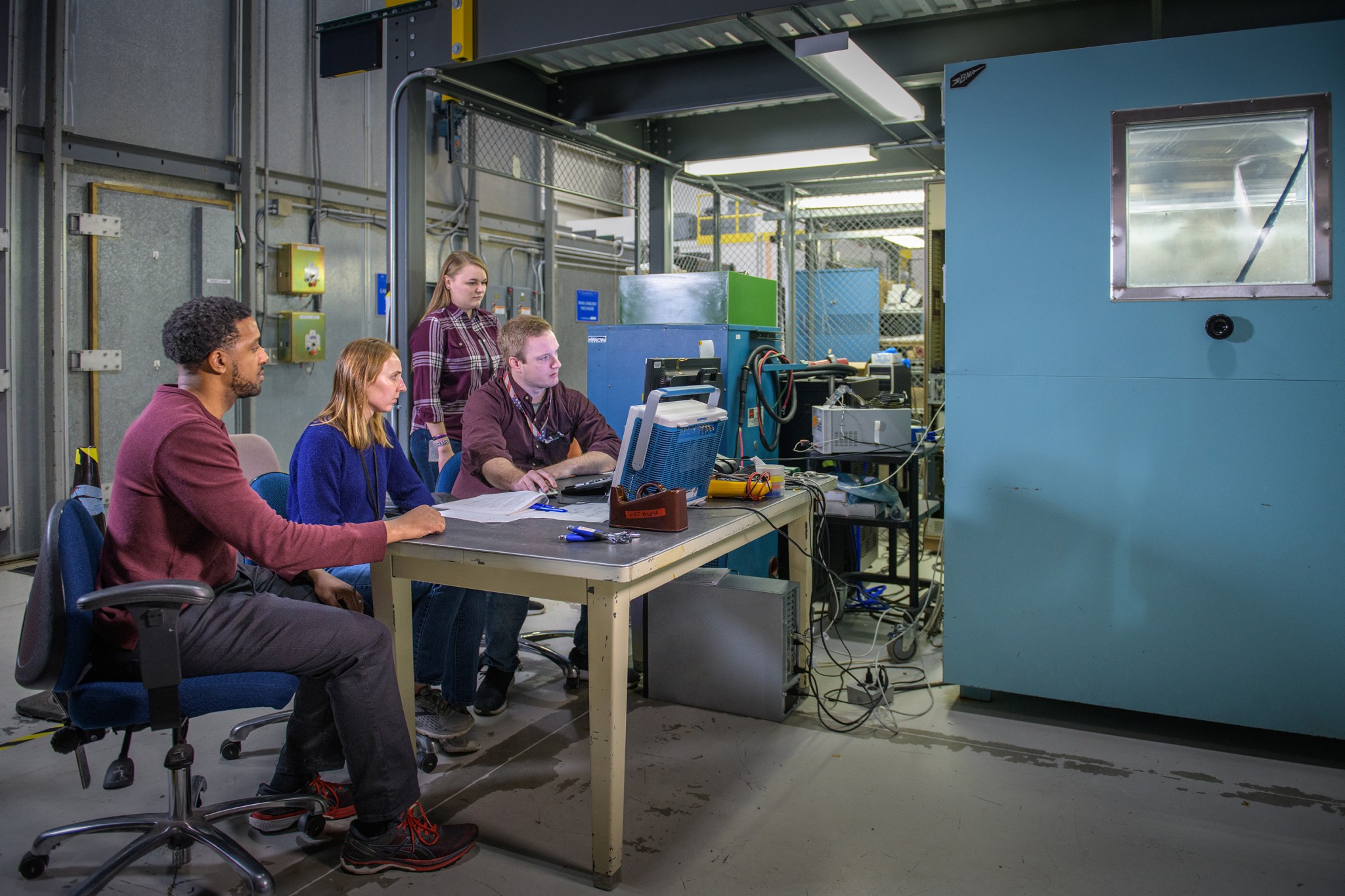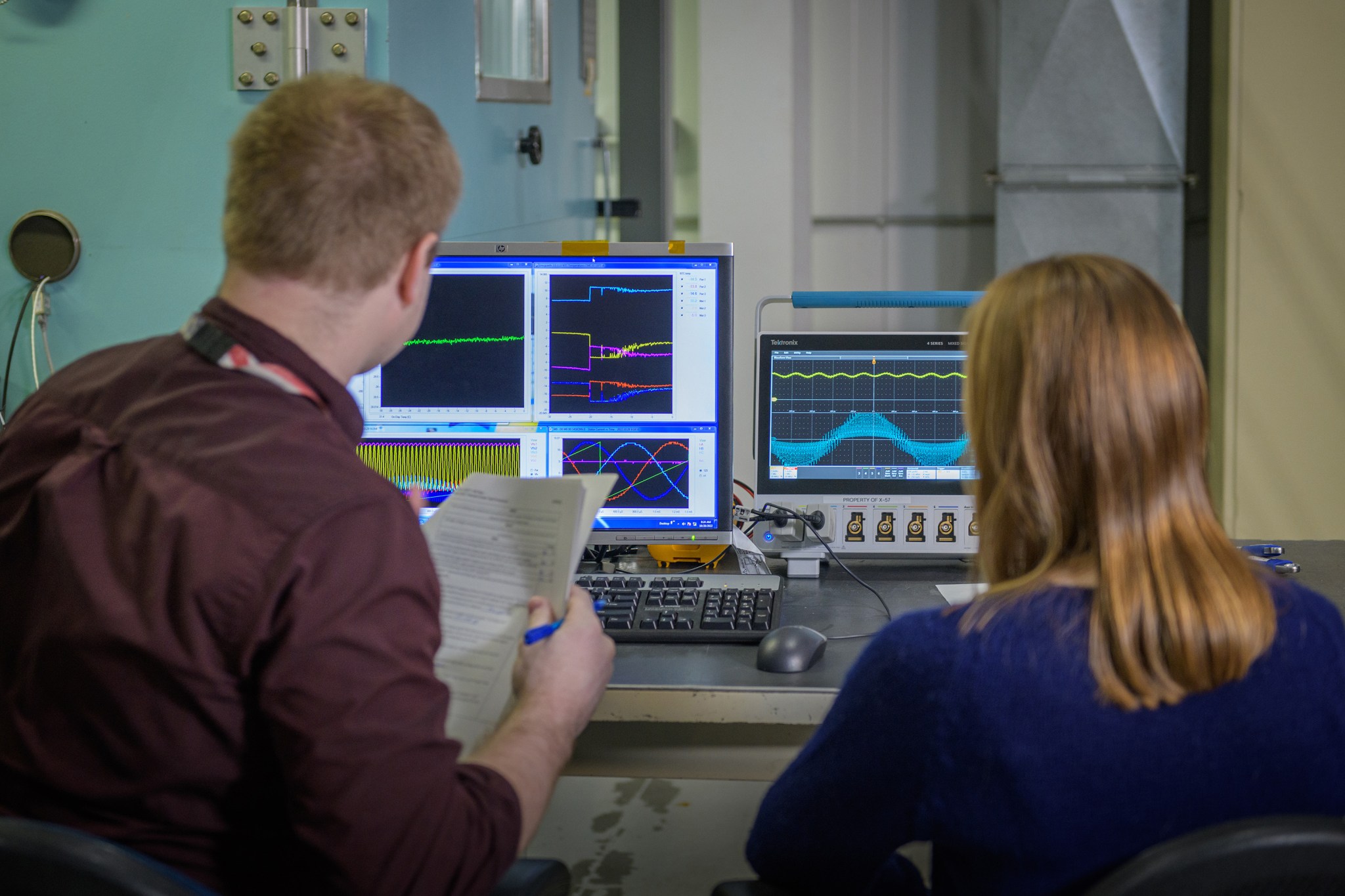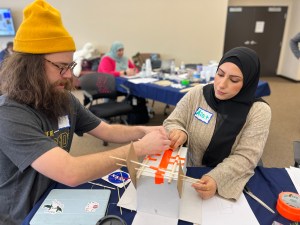NASA’s X-57 Maxwell all-electric aircraft reached another milestone toward its first flight with the successful thermal testing of its cruise motor controllers.
Thermal testing is important because it validates the design, operability, and workmanship quality of the controllers – critical components for providing power to X-57’s experimental electric motors. These complex systems have temperature-sensitive parts and must be able to withstand extreme conditions during flight.
The cruise motor controllers convert energy stored in the aircraft’s lithium-ion batteries to power the aircraft’s motors, which drive the propellers. The controllers use silicon carbide transistors to deliver 98% efficiency during high power take-off and cruise, meaning they do not generate excessive heat and can be cooled off by the air flowing through the motor.
During a recent test at NASA’s Glenn Research Center in Cleveland, each of the flight motor controllers survived while operating inside a test chamber under the range of temperatures they may encounter during flight with a safety margin applied (minus 11 to 147 degrees Fahrenheit).
The testing team closely monitored temperature responses of the power components and the control components inside the controllers, making sure they stayed within their allowable temperature range limits of the components. Close monitoring ensures the cruise motor controllers will perform correctly during piloted research flights.
Now that ground tests have validated the controllers under the most extreme temperature conditions expected in flight, the X-57 team is one step closer to integrating all of Maxwell’s systems and ensuring that they can work together – one of the biggest challenges for an aircraft, especially a one-of-a-kind X-plane.
An upcoming Flight Readiness Review at NASA’s Armstrong Flight Research Center in Edwards, California, is the next major step before research flights take place.
Brian Newbacher
NASA’s Glenn Research Center



























